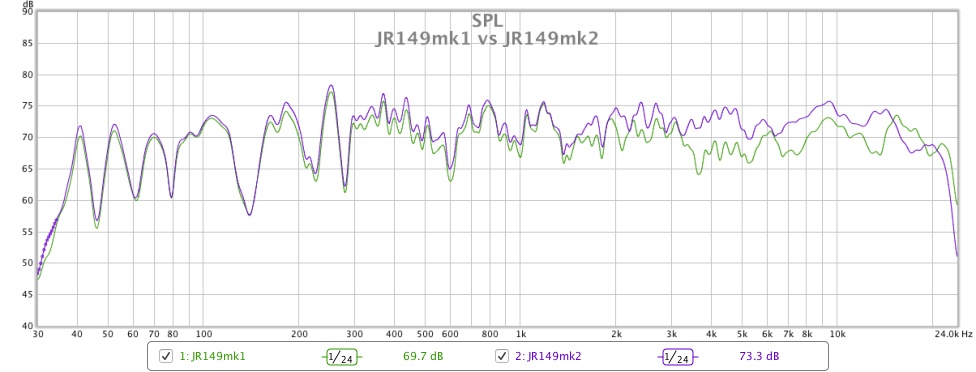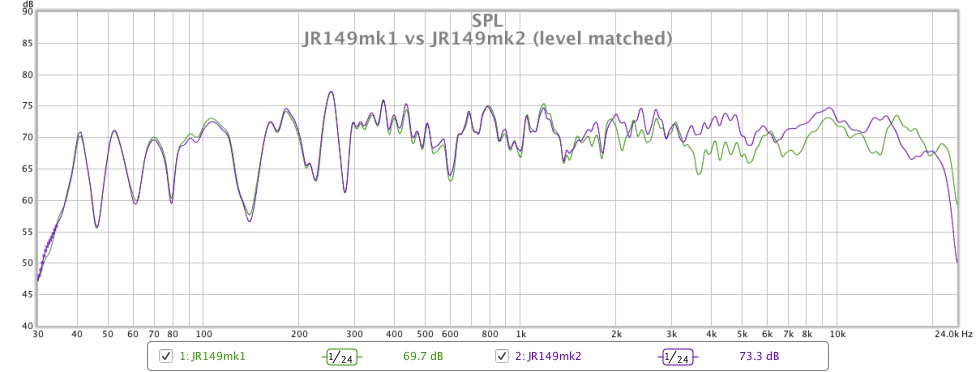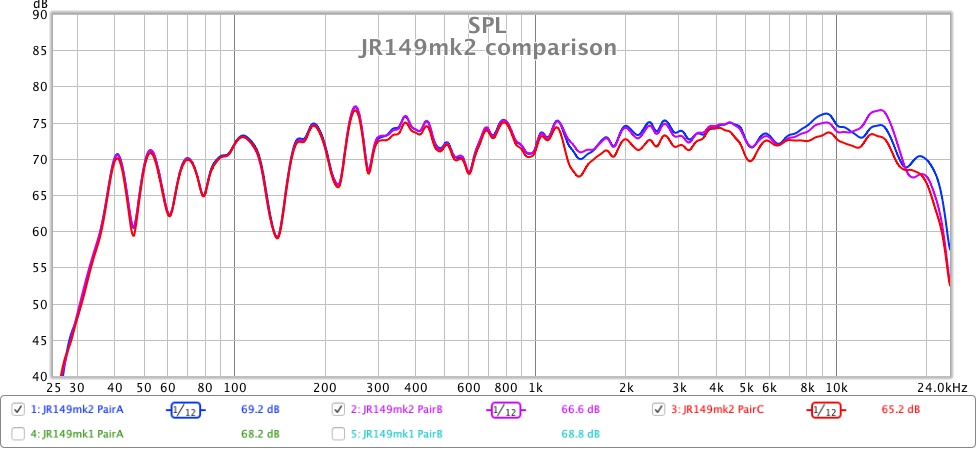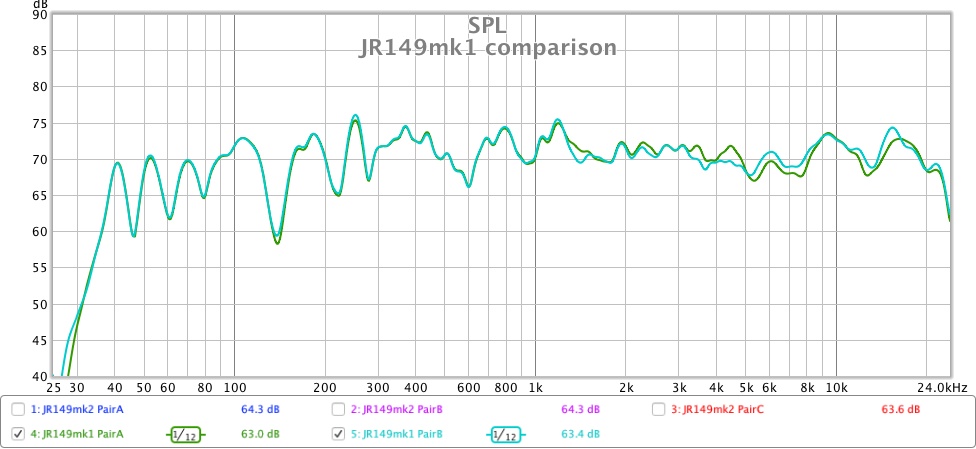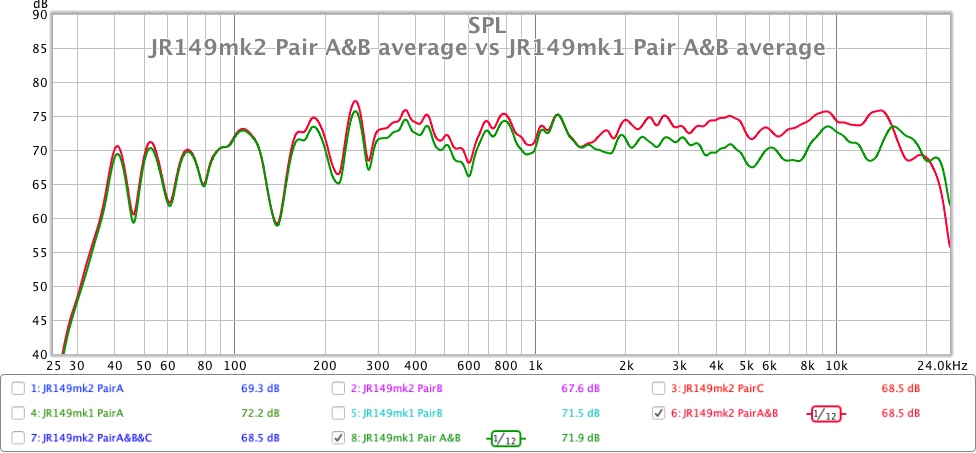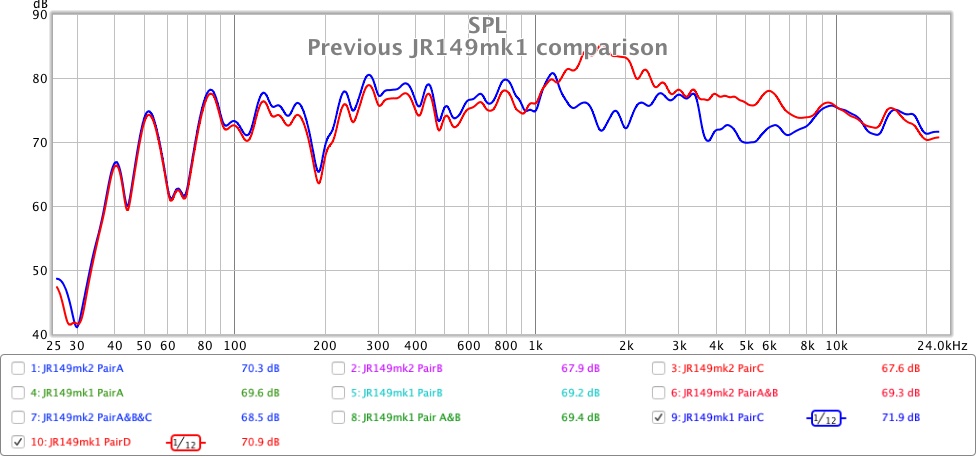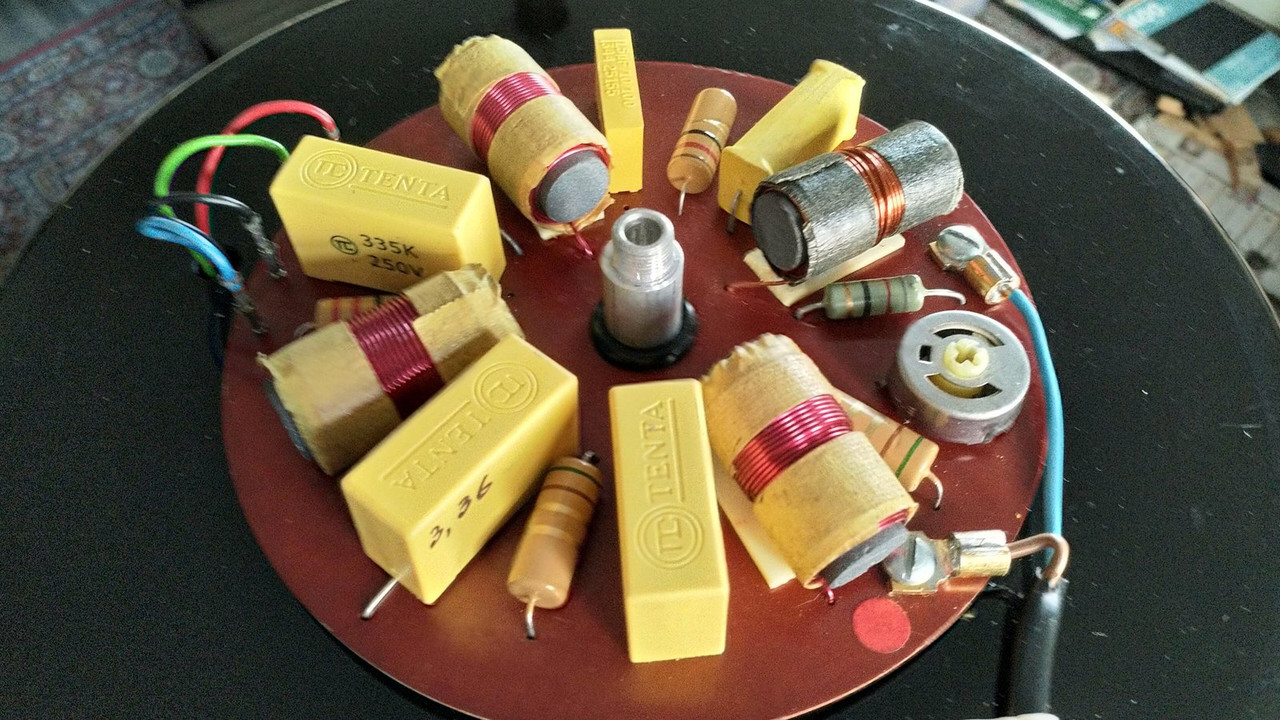Tony L
Administrator
The linked ‘review’ suggests something was very wrong with the MkIs if one of a pair was silent then woke up abruptly to match the other. That can only be a fault condition. That said the perceived differences in efficiency is very interesting. I’ve still not found a measurement or spec for the MkI I fully understand. All I can say for sure is mine are observably louder than the Spendor S3/5R, which don’t seem entirely honest about their sensitivity (IIRC Stereophile observed the R2s as being less sensitive than their spec, and I’m sure the Rs are too). My best guess is the MkI 149 is about 83db. That would make some sense if the Mk2 is 84.5db. That is certainly enough to hear.


